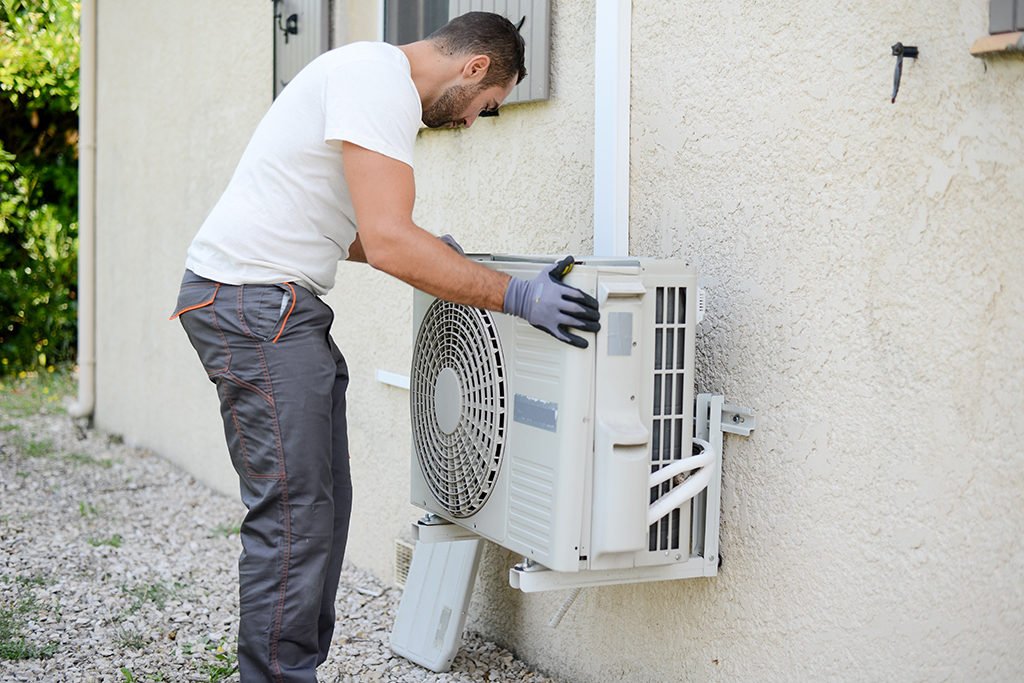
Can You Install Various Heating or Cooling Systems on Your Own?
Many heating and cooling companies Werribee offer installation services. However, not many people prefer to avail these services as they believe they can successfully install their central heating and cooling systems by themselves.
Your local building department can provide information on what equipment is allowed in your area and which permits you will need to get before beginning work. Then, with the right tools and some experience, you can save money by installing your own these major home appliances:
- HVAC Ductwork: Not all ductwork requires professional help; if it’s simple round metal tubing that runs from one vent into another room, you typically don’t need a pro; however, more complicated designs will require a professional.
- Furnace: A standard gas furnace can be installed by an experienced DIYer, but if you’re comfortable with heavy equipment and want to install a high-efficiency model that burns fuel more cleanly, consider hiring a pro.
- Boilers: If your home has radiators or baseboard heating instead of forced-air furnaces, you will have no trouble installing a boiler yourself. Many boilers include detailed installation manuals and will come with all the fittings and valves needed for the job.
- Heat Pumps: Depending on their size and complexity, heat pumps may need to be installed by professionals; check your local building code to ensure they allow them in your area before purchasing one.
- Air Conditioners: If you’re installing an outdoor unit, it’s best to hire a pro; however, window units can be easily installed by homeowners with little or no experience. Some units may include DIY installation instructions and will come with all the necessary hardware.
- Solar Water Heating: Regulations for solar water heating vary from state to state, so check your local building code before going solar or hiring a contractor.
- Solar Photovoltaic Cells: If you have a south-facing roof and want to turn sunlight into electricity, consider purchasing panels for self-installation; otherwise, it’s best to call in a professional electrician as well as a certified installer if required by your local building department.
- Wood Stoves: Wood stoves are relatively simple to install and can be done by homeowners with some experience. However, some models may require professional installation per your local building code requirements.
- Pellet Stoves: Installing a pellet stove is a very straightforward process that most homeowners can do on their own, but check with your local building authority before starting the project just to be sure there are no restrictions for this appliance in your area.
- Boiler Heat Exchangers: If you’re installing a second-hand boiler, it’s best to hire a pro since heat exchangers can crack if installed incorrectly or allow dangerous gases into the home air supply due to improper venting.

- Furnace Heat Exchangers: Like boiler heat exchangers, furnace heat exchangers should only be installed by pros with the proper training and experience.
- Unvented Heaters: Although most unvented heaters are fairly simple to install yourself, it’s best to check with your local building authority before buying one or hiring a contractor just in case there are regulations against them in your area.
- Solar Space Heating Systems: Since these systems are fairly complex, DIY installation is not recommended; consult your local building authority for more information on solar space heating regulations in your area.
- Central Air Conditioning Systems: As long as you hire an expert for the initial assessment of your home, you can easily install central air conditioning systems yourself. Systems that work on a heat pump, for example, can even be installed on the exterior of your home in some cases.
- Radiant Floor Heat: Although radiant floor heating is fairly simple to install yourself since it uses water tubing and Pex or polypropylene pipes instead of traditional metal ducts, some local building departments may require a professional installation using conventional metal ducting to meet code requirements for forced-air heating systems.
- Air Ducts & Vents: Materials such as flexible aluminium and galvanized steel can be easily cut and bent by just about anyone with little or no experience; however, check with your local building department to see if they allow these more unusual materials before starting the project.
- Refrigerator & Freezer Ducts: Check your local building department for refrigerant venting requirements before installing a duct, as it can be tricky to do correctly even for professionals.
- Fireplaces: The actual installation of a fireplace may require a pro depending on its size and location in your home, but you can quickly build the firebox and buy prefabricated firebrick from any hardware store if needed.
- Patio Heaters: While hiring a contractor is recommended since these units are relatively large and complicated to install, they’re simple enough to assemble yourself using a step-by-step guide or manual.
- Electric Radiant Floor Heat: If you want to install this type of system in your home without hiring a contractor, you can easily do it yourself.




